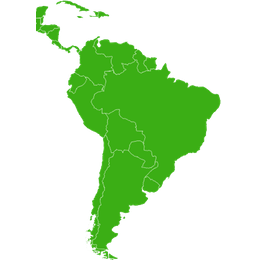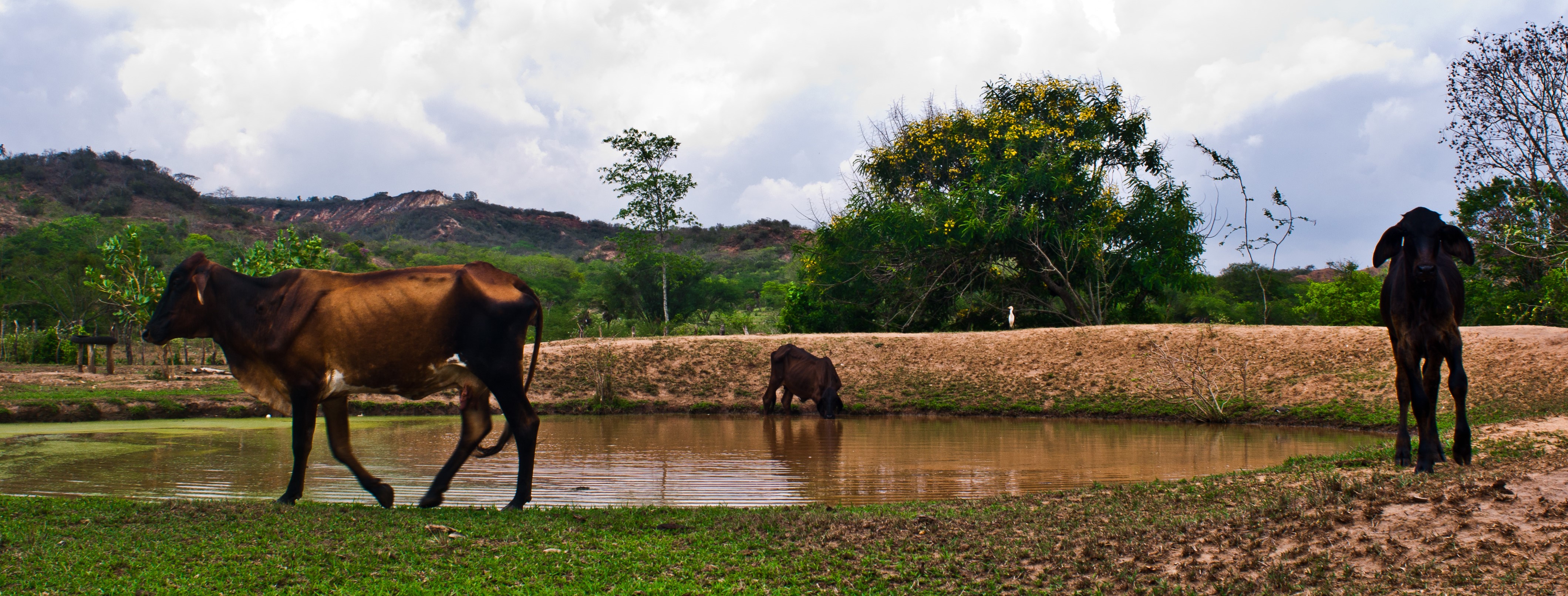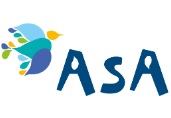Sustainable and decentralized infrastructures to adapt to climate change
"The solution enables numerous advances not only for families, but for rural communities as a whole, such as increasing school attendance, reducing the incidence of diseases due to the consumption of contaminated water and reducing women's workload."
Maite Maronhas, ASABACKGROUND
Due to the "drought industry", the semiarid region in Brazil has historically been characterized by the worst indicators of extreme poverty, hunger and malnutrition in the country. Through mobilization and training on the construction of low-cost water management systems, rural communities conquer their dependence on the "drought industry".
WHAT’S INVOLVED
Training on water management
Training communities on water management enables them to learn how to improve the living conditions of their families. It also situates water as a basic right and the cistern as an achievement.
Water collection and storage units (cisterns)
Families are provided with adequate resources to build a cistern sufficient for up to six people during a dry period that can reach eight months.
EXPLORE THIS SOLUTION
The solution can offer:
- Training modules for rural communities on how to collect and manage water as a precondition for the realization of human rights.
- A sustainable way to coexist with the environment.

Countries involved
Brazil
Project partners
CÁRITAS/CNBB ; FÓRUM BRASILEIRO DE ONG’S E MOVIMENTOS SOCIAIS PARA O MEIO AMBIENTE E DESENVOLVIMENTO ; OXFAM ; UNICEF ; Government of Brazil
Project dates
2000 – 2021
Share this solution
Bookmark this solution
BookmarkShow Full Solution
Summary
Family farmers living in the semi-arid biome in Brazil struggle to access water during increasingly long drought periods. Through mobilization and training, families and rural communities can find more sustainable ways to coexist with the environment, especially by building low-cost water collection and storage mechanisms. The participation of families in each stage of the process contributes to the understanding that water is a right and the cistern is not a top-down solution, but rather a family achievement resulting from their demands and joint work.
Challenge/Problem
The Brazilian semi-arid region is characterized by long periods of intense drought, occasionally interrupted by short periods of abundant rainfall, but with a low degree of retention.
The intensity and duration of droughts have changed over the past century, leaving deep marks not only on the landscape, but also on the socio-political and economic dynamics of the region.
Until the 2000s, the semi-arid region was the main source of rural emigration within Brazil. During each period of drought, large groups of people from small and medium towns were either displaced to the region’s largest cities or moved to other areas of Brazil.
For those who resisted abandoning their lands and insisted on living with the drought, there were few alternatives but to rely on the so-called "drought industry", a scheme through which local elites used their political and economic power to gain access to water and use it to dominate and exploit family farmers.
Because of the "drought industry", the semiarid region has also been characterized historically by the worst indicators of extreme poverty, hunger and malnutrition in the country and in the world.
Solution
In the late 1990s, different groups of civil society organizations, unions and faith-based organizations working to enable a sustainable coexistence in the semi-arid region decided to join efforts. They created the Articulação do Semi Arido (ASA), a network to face the "drought industry", develop more structural and sustainable solutions to water management, and mobilize communities around water as a basic human right.
After trying different solutions, the group came up with a low-cost cistern model, made of pre-molded cement slabs that could be built next to the houses. The cisterns would be constructed by people from the community, trained in bricklaying courses based on a participative and reflexive methodologies.
The solution combines hard and social technologies, mobilizing the community in all stages of the process. The community is involved in determining the list of families (headed by women) who will receive the cistern, developing the construction plan, preparing the construction materials, constructing the cisterns and training the families to use the cisterns properly. Over the years, ASA has mobilized different sources of financing, including the federal government, local and provincial governments, international financial institutions, international aid and individual donations.
The cisterns have allowed families to take advantage of the rainfall period to store water for consumption and hygiene, called “first water” cisterns, as well as agricultural production, called “second water” cisterns, improving local livelihoods by providing the means for better health and food security.
The cisterns are also symbols of independence from the "drought industry", which has significantly changed the economic and socio-political dynamics of the region. ASA, as an association of multiple organizations and communities, captures and disseminates the reflections of each process, knowledge and practice amongst its members and to the general public in an ongoing basis. Using oral, written and digital communication tools, from events to online media, it shares all knowledge from the perspective of collective construction, shedding light on how each one can understand these sustainable coexistence practices.
Results
As a result of the solution:
- 620,000 families have already received or built a cistern. Each cistern has the capacity to store 16,000 liters of water, a volume sufficient for up to six people during a dry period that can reach eight months.
- Child mortality and diseases associated with water availability have been substantially reduced
- The productivity and incomes of producers have substantially increased.
- Extreme poverty, hunger and malnutrition indicators have substantially improved. In Brazil, access to water cuts food insecurity by half: food insecurity for rural households drops from 44.2 per cent to 21.8 per cent when they have access to water.
- Rural emigration has decreased and some returning flows have been observed
- Women’s workloads have been reduced (as they traditionally have been responsible for water collection and previously needed to walk long distances to access water)
Lessons Learned/Potential for replication
First, people are creative, and they must have a chance to innovate. Over the years, communities have tried many different arrangements for the solution, including in terms of construction materials, training methods and the decision-making process. They learned from their mistakes, and the solution is better because they took risks.
Second, for the solution to be adequate for its context, it must rely on the community’s input. While it is important to learn from what others are doing, it is also important to avoid imposing solutions and to create space for people to make the solution their own. Otherwise, it won’t produce structural change.
Third, scale matters. Every cistern has changed the lives of the family who received it, but the solution has only just begun to show its real potential. Scaling its implementation has created an enabling environment for families to thrive and collectively challenge the drought industry.
Next Steps
For almost 12 years, the solution’s organizers were able to ensure governmental support, turning the solution into a public policy and scaling up its implementation and results. However, in 2018, the government discontinued this policy. The solution organizers have been working to maintain and scale up the initiative, including by seeking the support of international organizations.
Solution Image
Solution Additional Resources
One Million Cisterns ProgrammmeLast update: 02/01/2023


